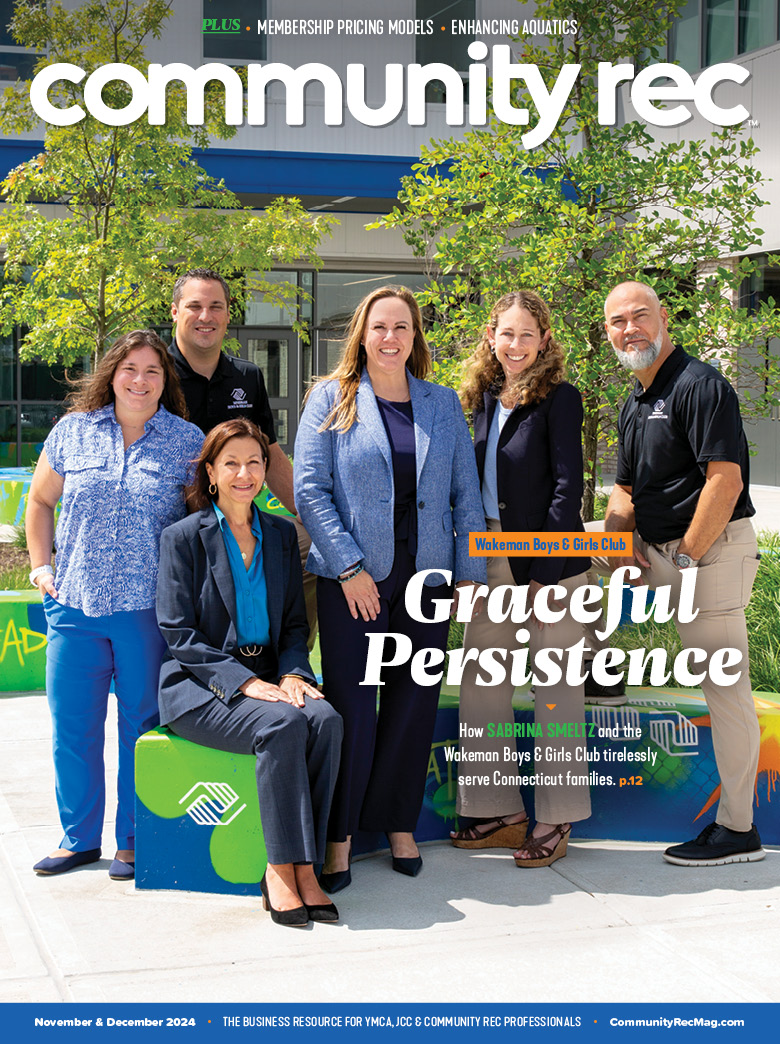Kris Murray, the associate vice president of partner solutions at BellXcel, shares three keys to securing high-potential community partnerships.
“It takes a village.” The power of partnerships between community organizations and schools as they engage together to build and sustain their desired environment is an incredible example of the truth of this proverb.
A successful community partnership takes intentional focus and investment, particularly as partners seek additional funding for programs such as 21st Century Community Learning Center grants. It is key to ensure your partnership has a shared purpose, the relationship is consistently nurtured, and both parties are committed to measuring outcomes and amplifying your stories of impact.
Consider the following three keys to securing high-potential partnerships in your community.
Align Purpose
When identifying potential partners in your community, ask yourself:
- Is there an existing professional relationship between your organization and your proposed partner? The deeper the existing relationship, the smoother the process will be.
- Do you share similar goals? The more goal alignment between the two organizations, the process of partnership becomes a strong pathway toward achieving your desired impact.
- Do both organizations have infrastructure — across all relevant business units — to support a partnership? It’s important to identify potential logistical or philosophical disagreements early, and to mitigate any potential risks.
- What is the prior experience collaborating with partners? What is the track record and reputation for both organizations with other partners in the community? Insights from past partnerships help to inform and shape future collaborations.
Nurture Relationships
Once the partnership is launched and in program delivery, other priorities can distract from the importance of nurturing relationships in the partnership.
Learn More: Deliver High-Quality Experiences for Youth with New Features from BellXcel
Investing in strengthening the foundation of the partnership can accelerate program success. Some examples include establishing a regular cadence of check-in meetings with community partners which can help catch potential programmatic problems early. The personal and professional trust that is built over time matters when creative problem solving is required, especially real-time during program delivery.
Embed Measurement
A cornerstone of your ability to share your story of success and impact is the commitment to measure your outcomes and progress toward your shared goals. From the very beginning, ensure you and your partner:
- Decide in advance what metrics will indicate a successful partnership.
- Measure metrics in real time, and discuss them at those check-ins.
- Commit to a partnership report that can be shared across the community. This will increase accountability and may even inspire other potential partners to participate.
Building a village where every child can thrive starts with strong, collaborative community partnerships. Shared purpose, investment in relationships and dedication to metrics can get both organizations closer to their desired impact together.










